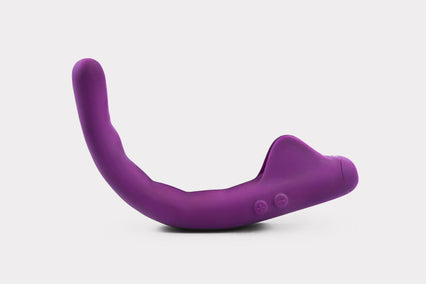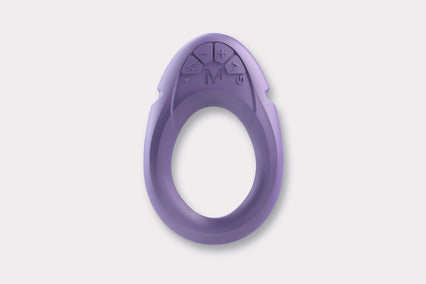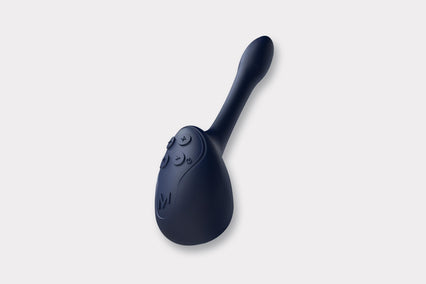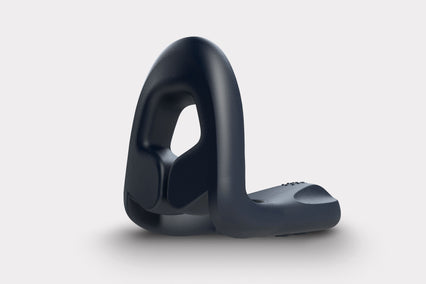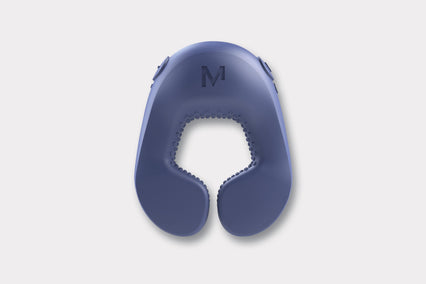This post is in collaboration Dr Maria Fernanda Peraza Godoy of GetMine Healthy Pleasure
Endometriosis is a benign disease that affects millions of women during their reproductive life. Today, it is estimated that around 176 million women around the world, or 10% of the global female population, mostly in the reproductive stage of their lives, suffer with endometriosis. Yet regardless of how many people this condition affects so many still ask the question what is endometriosis?
What is Endometriosis?
Endometriosis is diagnosed whenever a group of cells that resembles the lining of the uterus (called endometrial cells) is found outside of the uterus. The tissue can cause painful lesions to form in different areas of the pelvic region. Not every woman that is diagnosed with endometriosis will experience pain on the same level or even in the same area.
Some of the most common parts of the body that are affected by endometriosis lesions include:
- Intestines
- Fallopian tubes
- Ovaries
- Peritoneum (a continuous membrane that forms in the lining of the abdominal cavity)
- Rectovaginal septum (a thin structure that separates the rectum from the vagina)
- Diaphragm and lunges
Although research has gone on for decades, there is still no concrete explanation for the reasons why some women suffer from endometriosis and others do not. Essentially, endometriosis is a condition in which endometrial tissue, the tissue that makes up the uterine lining (endometrium), migrates from its rightful spot in the uterus to other organs. Or at least that’s been a common belief.
These ectopic cells are usually found in the neighboring pelvic organ, such as the bladder and bowel, causing inflammation that leads to pain, which can range from bearable to excruciating. Like normal uterine lining, the tissue builds up and sheds over the course of the menstrual cycle, causing internal bleeding. Cysts can form - and rupture - as can scar tissue, which can impair fertility. Although these endometriosis cells typically show up in the vicinity of the uterus, in rare cases the disease can even affect the lungs, diaphragm and in extremely rare cases the brain.
What are the symptoms of endometriosis?
Endometriosis symptoms can vary greatly from person to person and endometriosis is sometimes categorized into four different stages. Stage one is considered to be very mild and usually has minimal symptoms while level four is the most severe stage.
However, the main symptoms of endometriosis are pain and infertility. Approximately one-third to one-half of women with endometriosis have difficulty getting pregnant although most are able to bring a healthy child to term.
Some common symptoms include:
- Lower back pain
- Severe menstrual cramps
- Feeling tired or worn-down all the time
- Infertility issues
- Pain when urinating or having a bowel movement
- Painful sex
Most women who suffer from endometriosis pain say that their symptoms usually get worse while they are on their periods. Pain can manifest itself in different ways but is generally present in the form of really bad menstrual pain (often accompanied by excessive bleeding), and pain with bowel movements or urination. Not only does inflammation of the deep and pelvic tissues cause pain, but the pelvic floor muscles often contract involuntarily as a response to a stressful situation, which in turn worsens the pain experienced during and after intercourse. Pain during intercourse invariably leads to lower sexual desire and affects a sufferer’s partner as well as the woman in question, while women with deep infiltrating endometriosis have a sexual function impairment and an overall decrease in well-being.
How can endometriosis impact your sex life
Sex and endometriosis don’t always go well together. The deep penetration and the fast motions can pull and tug on parts of your pelvis that cause sex to be extremely painful. The pain can range anywhere from a mild cramp in your lower abdomen to severe stabbing pain that makes it impossible for you to finish. Because of this pain, many women try to avoid sex altogether as the orgasm is just not worth the pain.
Yet, orgasms have been known to relieve pain. So, if you and your partner get creative with ways to get each other off, you could not only revive the romantic spark but you could also alleviate some of your endometriosis pain. Endometriosis doesn’t have to mean the end of your sex life.
What helps endometriosis pain?
Knowing what causes pain and how to avoid it will help subsequent sexual encounters become more pleasurable. Through communication and a few adjustments, you can still have a connected, satisfying sex life.
One strategy to ease endometriosis pain might be choosing to be intimate on the days of less pain, or trying some of the best sex positions when you have endometriosis for less pain (which vary from person to person) and using plenty of lube.
In addition to trying different positions, there are plenty of other things that you can do to still be intimate with a partner, such as oral sex or using sex toys that can navigate away from areas that may be painful.

Crescendo is a great vibrator for personalized pleasure - and if internal stimulation is too painful you can try out external sensations. For those whose pain is not so severe, some people find a vibrator to be a useful tool in helping to beat endometriosis pain. If you suffer from mild endometriosis pain, you could try using Crescendo on your stomach, abdomen and lower back to relieve the cramping.

The OhNut is another product that can help make sex much more pleasurable. It’s a set of soft and comfortable rings that easily slide onto the penis and allows couples to explore comfortable penetration depths during sex.
For those experiencing chronic pelvic pain, treatment may involve several strands, including psychotherapy, medication, and trigger point and nerve injections. These treatments can be used in addition to laparoscopic surgery to help patients successfully manage their endometriosis. At the discretion of a pain specialist, patients may also be offered more interventional therapeutic options such as nerve blockade, muscle injections, physical therapy, behavioral therapy, or acupuncture.
What cures endometriosis?
Unfortunately, there is no cure for endometriosis nor one perfect endometriosis treatment. Most women suffering from it will need to try many different treatments which can include medications, behavioral therapy, and surgery. Endometriosis treatment requires trial and error to find the best combination for any one person. But with clear acknowledgment, patience and support, any sufferer can live life to the full and enjoy healthy pleasureful sex.
Although endometriosis is a chronic condition, this does not have to impact your daily life. There are effective treatments to manage pain and fertility issues. Endometriosis doesn’t have to derail your sex life, with plenty of ways to manage and minimize painful sex.

